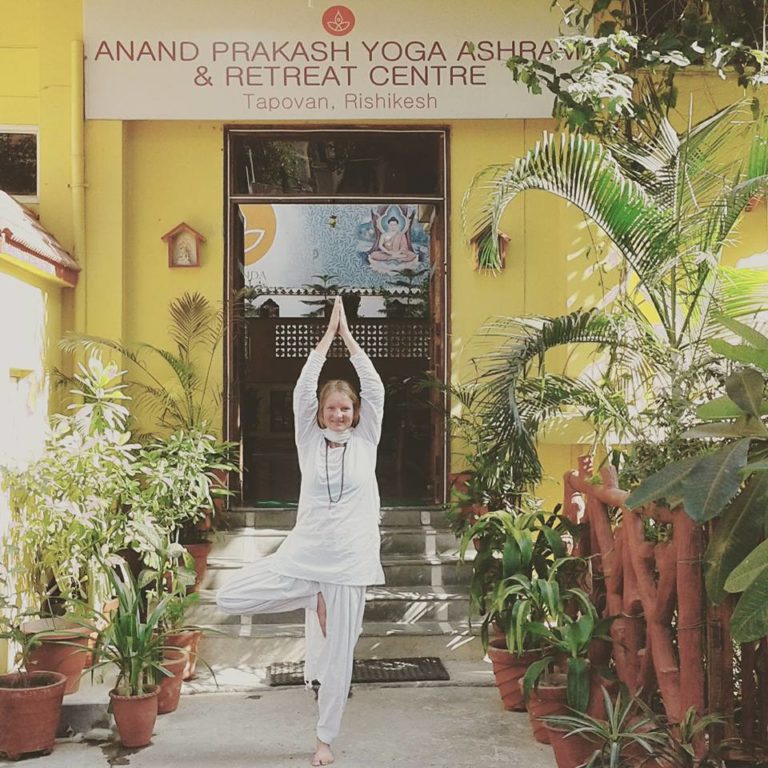First week

Today is Sunday, our day off and I actually have some time to reflect on the last week at the Anand Prakash Yoga Ashram and to share about my “Akhanda Yoga Teacher Training” while I sit in a nice café on the Ganges in Rishikesh.
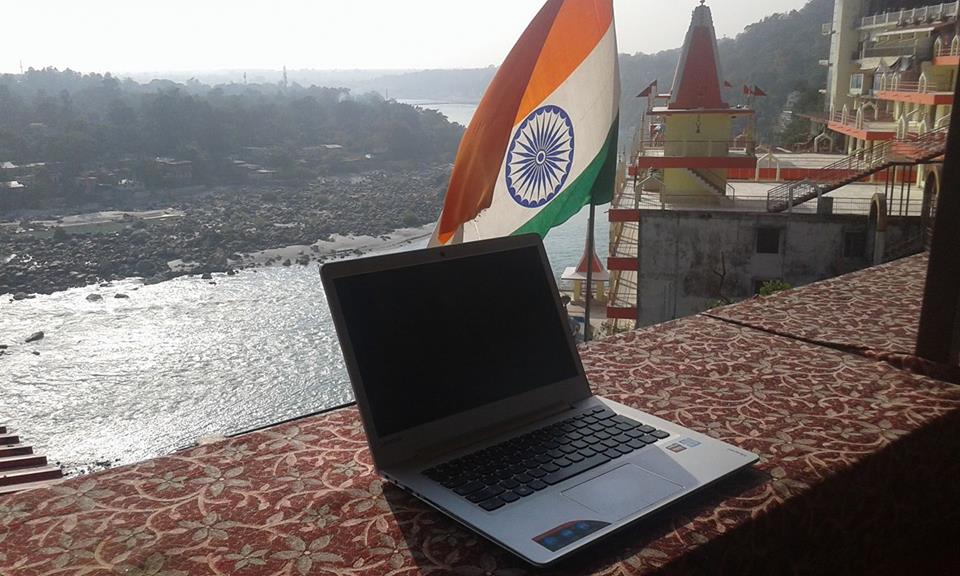
“Akhanda Yoga” stands for holistic yoga (Akhanda = whole) and was developed by the Yogi Vishvketu and is passed on here, in the Anand Prakash Ashram, to his students.
I myself was allowed to experience Visvketu’s yoga classes last year for a few days and felt immediately addressed by his holistic approach in his yoga classes. Here, various traditional forms of yoga and their elements such as breathing, physical exercises, mantra, meditation and energies are combined with the psychological aspect of yoga to create something whole.
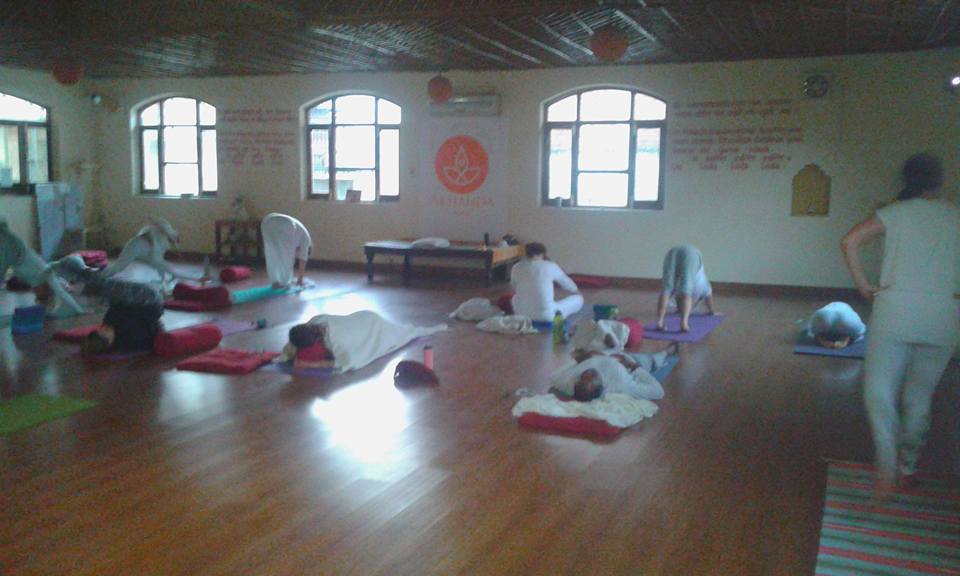
When I realized that my autumn this years is quite free and Vishvektu offered an advanced yoga teacher training at the same time, it didn’t take me very long to decide to sign up for the course, although at the same time I had great respect for this commitment, after all, the intensive course also comes with a strict ashram life for 6 weeks!
The weeks before the ashram I spent getting and working through the recommended reading list, having white clothes cut (students wear only white here, because the color white is clarifying, purifying, and ordering thoughts.)
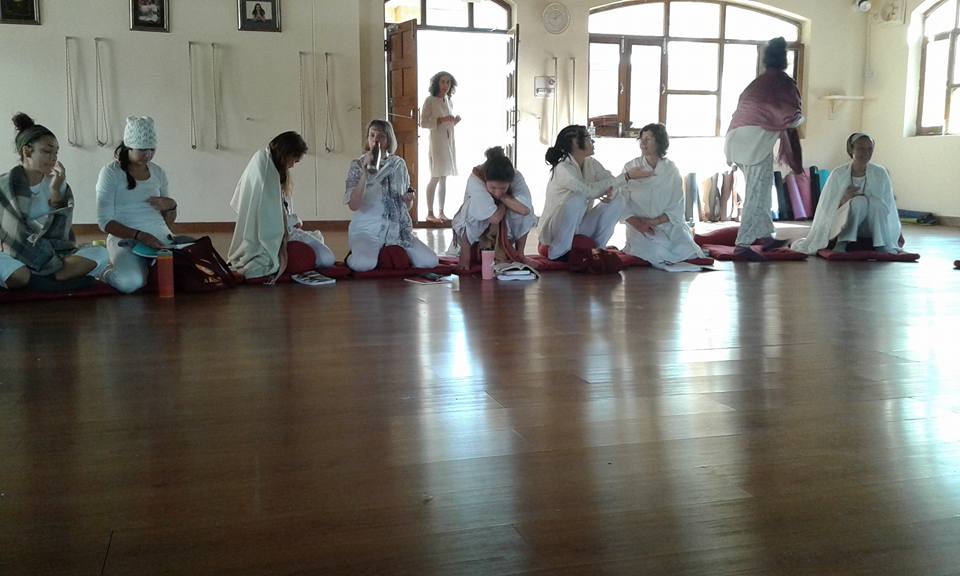
Last Saturday I reached the ashram in the early morning and met the 26 other students, all of whom had arrived from Delhi a day earlier.
On the weekend I giot used to the regular ashram routine, which I already knew a bit from my visit last year:
5:20 am Meditation
6:00 am Yoga
8:00 am Fire Ceremony
8.30 am Breakfast
9.15 am Karma Yoga (Sundays)
12:30 pm Lunch
4:00 pm Yoga
6:00 pm Dinner
7:00 pm Khirtan, Satsang or free
I also met my very nice and lively roommate Elisabeth from England.

Over the past week, I quickly realized how straightforward she was and immediately she became close to my heart. I couldn’t have wished for a better partner for the next 6 weeks! We are already like sisters.
On Monday, the course also began and the daily routine became a little tighter with two units of lessons each on the morning and afternoons. The teaching is divided into the following topics: philosophy, methodology, technique/practice and anatomy and is led by a total of three very experienced Western teachers and Vishwa ji (“Vishwa” is the short form of Vishvketu and “ji” shows respect).

I was looking forward to the start and was full of expectations. At the same time, however, I also had to deal with getting used to the ashram life and to befriend the idea that I should now live here for 6 weeks (!!!).
But there wasn’t much time for reflection anyway, because we had a full program.
Vishva ji’s yoga sessions in the morning were intense and formed the daily foundation and the theme of the lesson accompanied us throughout the day (e.g. full moon, sun salute, light, ujay breath, mindfulness)
Our themes in philosophy were versatile. We wnet through the Vedas, talked about mantra and meditation, reflected on our Samskaras (imprints) and discussed one or the other Sloka from Patanjali Yoga Sutras.
This course was a build-up course andmore time was spent on implementing yoga philosophy to our daily life and thus doing emotional and mental work. For me, this is a very valuable approach. Nevertheless, I was slightly nervous, especially in the first class, as we conducted the sessions in an open discussion – in English! Most of the 27 participants are native english speaker and it took me some courage to contribute to the conversation from time to time, also because all 27 participants are very experienced yoga teachers themselves.
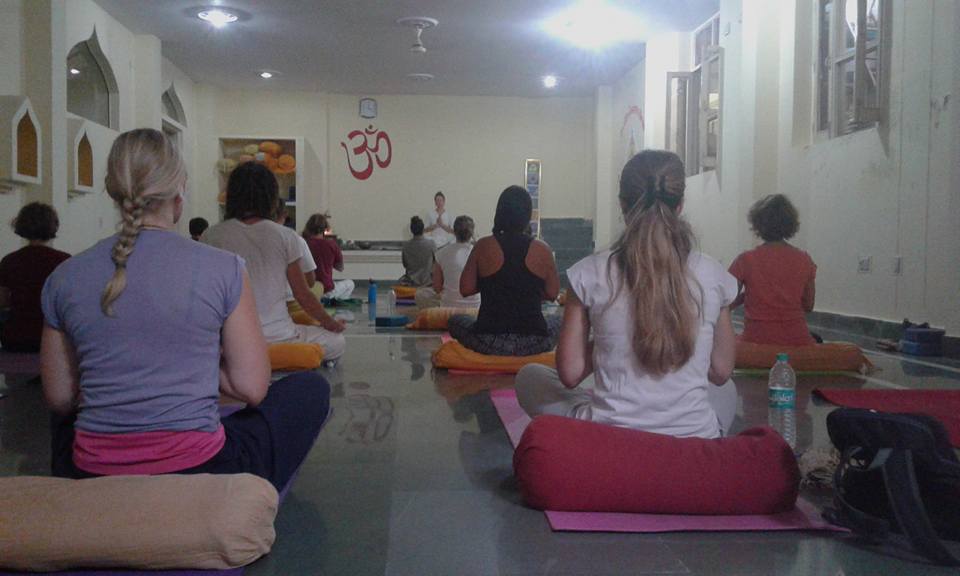
But these small inhibitions quickly turned out to be unfounded. Not only that this course has a very good energy and really all students are incredibly nice, but also because I can express myself in English. Moreover, no one here is forced to do anything.
Especially the technique and methodology teaching with Vishwa ji and his co-teacher Eila Devi is very enriching for me. In the last week I learned a lot about proper breathing, assistance in the classroom, teaching design and practiced mutual teaching and correcting in partner work.

Most of the time, the classes are very instructive and valuable. Occasionally, of course, there are also repetitions from my previous courses.
The most valuable thing so far for me here in the ashram is actually the experience of a yogi life in an ashram. I enjoy the regularity of the daily routine. Getting up early and starting the day with meditation and yoga is incredibly good for me and here it’s not hard for me. The morning fire ritual at the Havan is for me like a daily internal cleansing and during the half hour I sink deep into the Vedic mantras that we sing together. Only today I was allowed to sit on the left side of Vishwa ji at the Havan (fire place) and actively participate in the ritual, performed the ritual steps and gave offerings in the fire. After only one week, I have internalized the prayers and mantras and they give me great joy.

The three hour morning practice (meditation, yoga, fire ceremony) is incredibly good for me and is a great start to the day. I notice how I calm and satisfied I am and also radiate these characteristics. With each day with a bigger smile on the face:).
After such an intense morning, I am of course looking forward to breakfast. This is taken in the dining room and is very satvic (healthy for body, mind and soul, pure, harmonizing and light) and consists of dates, herbal tea and fruit. there is then a daily changing dish, such as oatmeal, semolina, parantha (Indian flat bread) or poha (flat rice).

The other two meals are also very light, healthy and Indian. Sattvic dishes are prepared without onions, garlic and many spices (to keep the body and mind calm).. Certainly the food here is not the most exciting, but it is nourishing, fits our life here and tastes ok. First of all, I had to adapt myself and my body to the portion size.
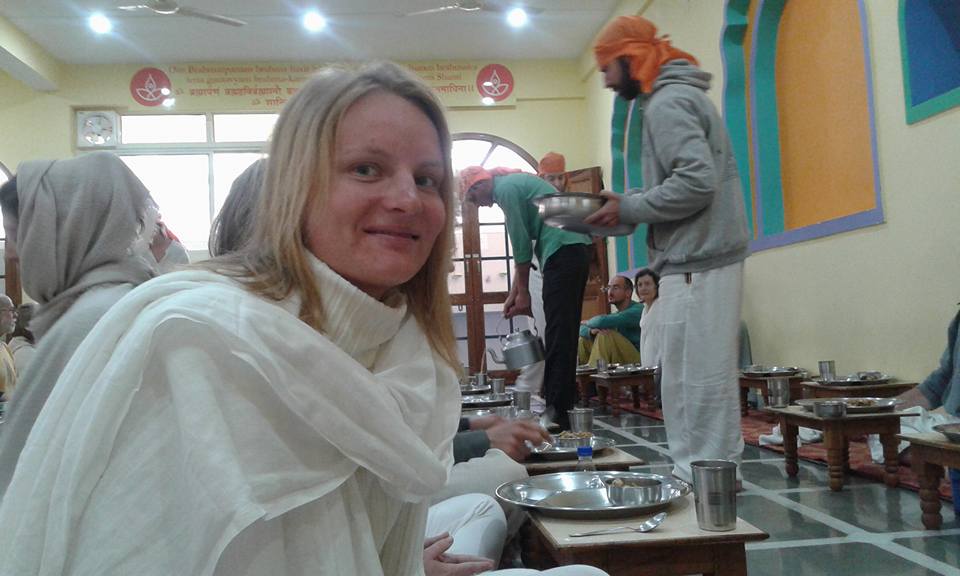
Not that we wouldn’t get enough, but everyone else around me eats like a sparrow and the organism doesn’t really need much in our very quiet ashram life. After all, the stomach should only be filled 2/3. At the beginning of the week, it was really hard for me and I was constantly hungry. But now I have become accustomed to the portion size.

By the way, we have kitchen service twice a week and help with serving – a kind of karma yoga. A mantra is chanted before the meal. Breakfast is always taken in silence and dinner three times a week.

Every evening the silence (Maun) starts in the evening at 9 pm and ends the next morning at 9 am.
Twice a week we have Khirtan in the evening, singing mantras and Hindu songs. Oh, I believe this form of Bakhti Yoga (The Heart and Devotion) is created for me. While we sit together in a circle, playing music, singing and also dancing I feel incredibly free and happy and while I am rather tired before the Khirtan in the evening, an incredible energy pulsates in me afterwards.
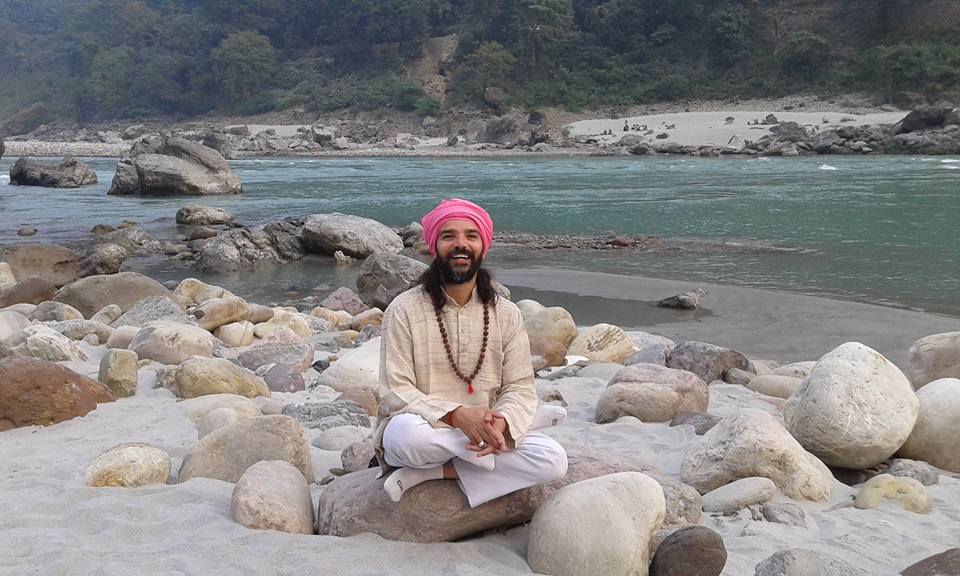
In addition, Vishwa ji always offers a satsang on Wednesdays, a conversation with him during which we can ask him questions.
Two or three times this week we even had a trip. We hiked to the banks of the Ganges and picnicked there, had an outdoor class and met the great yogi Sri Shri Ravi Shankar in a private audience followed by Khirtan and Satsang.

This week I completed the process of moving from my old life to the new life in the ashram, got to know my class mates better and already appreciate and like them, and got used to the course program.
I feel very comfortable here, happy and grateful for the valuable experiences I have had here in the first week and for all the new knowledge that I gain every day.
I am looking forward to the next week, which will certainly, one may believe the teachers, become even more intense!
Hari Om


